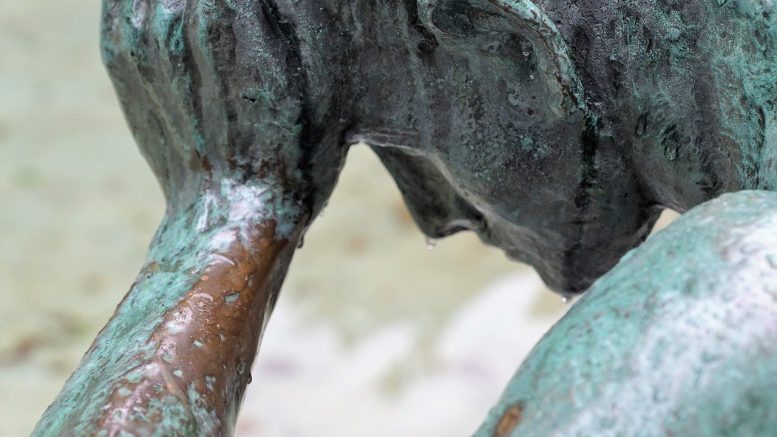The Journal of Headache and Pain recently announced the results of a study, according to that migraine is the leading cause of days lost due to disability in the world among people less than 50 years of age. But, need to be said, that there is a paucity of evidence on the impact of migraine and other headache disorders and the cost and productivity losses in the workplace.
Migraine
Migraine is a common health condition, affecting around 1 in every 5 women and around 1 in every 15 men. They usually begin in early adulthood.
There are several types of migraine, including:
- migraine with aura – where there are specific warning signs just before the migraine begins, such as seeing flashing lights
- migraine without aura – the most common type, where the migraine happens without the specific warning signs
- migraine aura without headache, also known as silent migraine – where an aura or other migraine symptoms are experienced, but a headache does not develop
Most people don’t realize how serious and incapacitating migraine can be:
- Migraine is the 6th most disabling illness in the world.
- Every 10 seconds, someone in the U.S. goes to the emergency room complaining of head pain, and approximately 1.2 million visits are for acute migraine attacks.
- While most sufferers experience attacks once or twice a month, more than 4 million people have chronic daily migraine, with at least 15 migraine days per month.
- More than 90% of sufferers are unable to work or function normally during their migraine.
The exact cause of migraines is unknown, although they’re thought to be the result of temporary changes in the chemicals, nerves and blood vessels in the brain. Around half of all people who experience migraines also have a close relative with the condition, suggesting that genes may play a role. If you suspect a specific trigger is causing your migraines, such as stress or a certain type of food, avoiding this trigger may help reduce your risk of experiencing migraines.
It may also help to maintain a generally healthy lifestyle, including regular exercise, sleep and meals, as well as ensuring you stay well hydrated and limiting your intake of caffeine and alcohol. If your migraines are severe or you have tried avoiding possible triggers and are still experiencing symptoms, a GP may prescribe medicines to help prevent further attacks.
The Journal of Headache and Pain Study
Employee population survey assessed prevalence, characteristics, and disability of headache disorders at a Japanese information technology company. This study was supported by the World Health Organization Western Pacific Region Office and International Headache Society.
2458 (1963men, 495 women) out of 2494 responded to the survey. Among these, 13% (205 male/123 female) had migraine (M), 53% (1093 male/207 female) had tension-type headache (TTH) and 4% (61 male/27 female) had migraine and TTH (M/TTH). The number of days when productivity at work was reduced by half or more because of headache was significantly higher in migraine compared to TTH.
The economic loss due to absenteeism for migraine was calculated to be $ 238.3US$/year/person for day-off and 90.2US$/year/person for half-day off using migraine disability assessment score (MIDAS). The economic loss due to presenteeism for migraine was calculated to be $ 375.4US$/year/person using MIDAS and 2217US$/year/person using work productivity and activity impairment questionnaire (WPAI). Furthermore, estimated cost of productivity loss associated with presenteeism using WPAI was calculated at 21.3 billion US$/year in Japan as a whole.





Be the first to comment on "The Journal of Headache and Pain Study On Migraine"